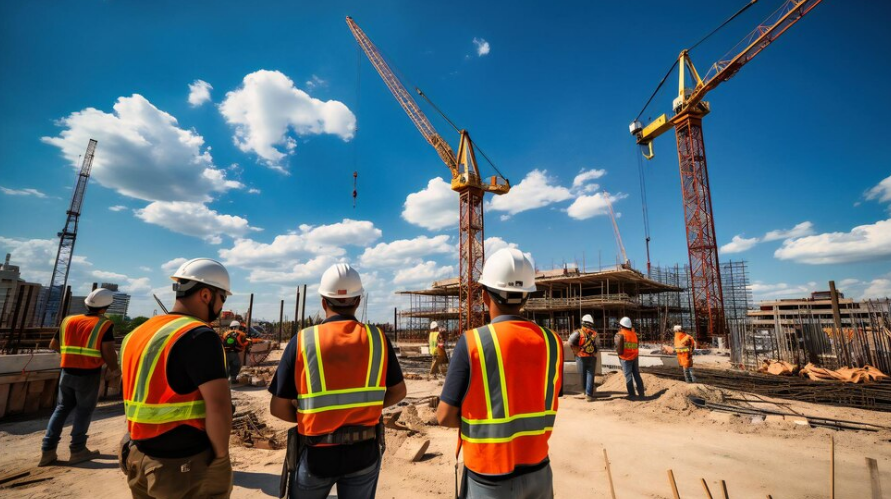The past 20 years have been transformative for the global construction industry. Despite the challenges, several international construction projects have not only met but exceeded expectations, showcasing human ingenuity and resilience. Here’s a celebration of some of these iconic projects and the challenges they successfully overcame.
Burj Khalifa – Dubai, UAE (Completed in 2010) Soaring at a staggering 828 meters, the Burj Khalifa isn’t just the world’s tallest building; it’s a symbol of Dubai’s meteoric rise as a global city.
Challenges Overcome:
- Engineering Feats: Given its height, engineers had to innovate to ensure the tower’s stability, devising a unique buttressed core structural system.
- Heat Challenges: The extreme heat in Dubai meant that concrete pouring had to be done at night when temperatures were lower to ensure proper setting.
- Elevator System: Designing an elevator system for such a tall structure was unprecedented. The solution was a double-decker elevator system, one of the first of its kind.
Citation: Ali, M. M., & Moon, K. S. (2007). Structural developments in tall buildings: Current trends and future prospects. Architectural Science Review, 50(3), 205-223.
The Gotthard Base Tunnel – Switzerland (Opened in 2016) At 57.1 km, the Gotthard Base Tunnel is the world’s longest and deepest traffic tunnel. An engineering marvel, it cuts through the Swiss Alps, providing a faster rail link between Zurich and Milan.
Challenges Overcome:
- Geological Concerns: The tunnelers had to navigate through varied geological strata, from soft sediment to hard granite.
- Safety Measures: Given its length and depth, ensuring air supply and designing efficient evacuation procedures were paramount.
- Environmental Impact: Ensuring minimal environmental disruption in such a pristine area was crucial. The excavated material was used to create a wildlife habitat.
Citation: Jenny, B. (2016). Gotthard Base Tunnel—Challenges and solutions. Tunnelling and Underground Space Technology, 55, 66-74.
The Gardens by the Bay – Singapore (Opened in 2012) This 101-hectare nature park in Singapore, with its iconic Supertrees and biomes, has become a global benchmark for sustainable urban design.
Challenges Overcome:
- Sustainability: The park was designed with cutting-edge environmental technologies, like the use of biomass for energy and rainwater harvesting.
- Climatic Control: The Flower Dome and Cloud Forest maintain specific temperatures and humidity levels to simulate Mediterranean and tropical montane climates, respectively.
- Land Reclamation: Much of the park is built on reclaimed land, which posed engineering and environmental challenges.
Citation: Wong, N. H., Tan, A. Y. K., Tan, P. Y., Chiang, K., & Wong, N. C. (2013). Acoustics evaluation of vertical greenery systems for building walls. Building and Environment, 66, 28-37.
The last two decades have proven that with innovation, determination, and meticulous planning, even the most daunting challenges can be overcome. These projects, each a marvel in its own right, stand testament to the fact that boundaries are meant to be pushed and new frontiers explored.
While the Burj Khalifa showcases the zenith of vertical construction, the Gotthard Base Tunnel is a testament to human capability below the surface. On the other hand, The Gardens by the Bay offers a blueprint for cities of the future, emphasizing sustainability and harmony with nature.
These projects are not just engineering and architectural accomplishments; they serve as a beacon of hope and inspiration for future endeavors, highlighting that with collaboration and innovation, anything is possible.





